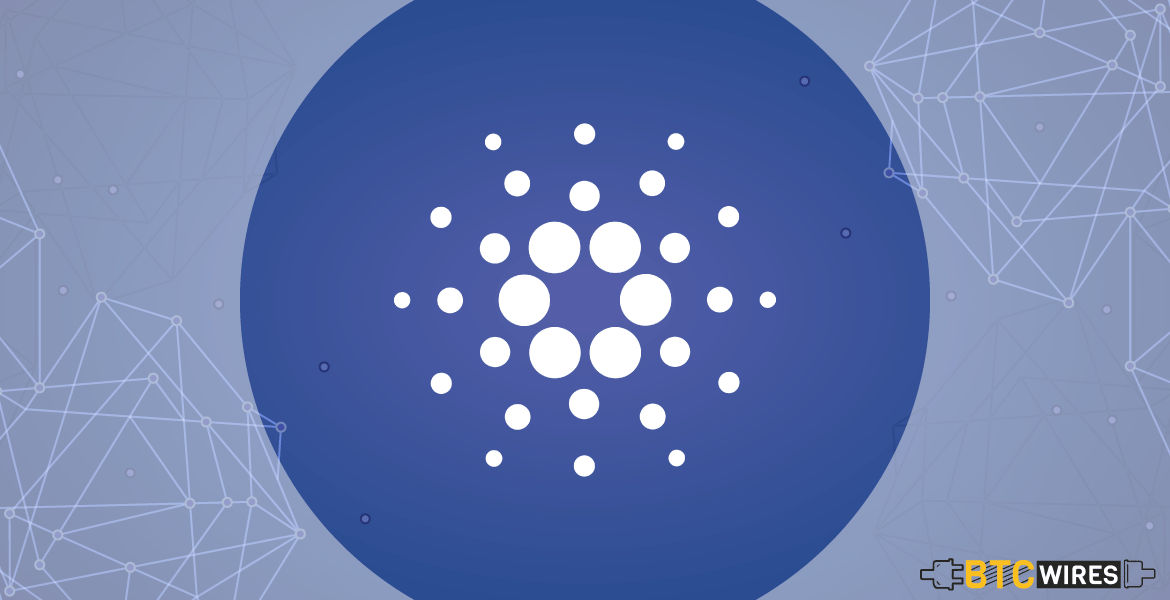In our guide to Cardano, we have discussed the groundbreaking

In our guide to Cardano, we have discussed the groundbreaking features that Cardano seeks to bring to the table. It is often even touted as the Japanese alternative to Ethereum, just like NEO is called Ethereum, because of how much backing it got from Japanese investors. It’s a known fact that the Cardano platform has many pros to boast of. However, sadly, like most good things, it also struggles with certain cons. In this article, we will be taking a look at both the cons and pros of Cardano. To begin on a positive note, we shall first list out its positive characteristics.
You May Also Read: Best Altcoins To Invest In 2018
Pros of Cardano
The Cardano blockchain platform and cryptocurrency is considered to be uniquely useful because of the following traits:
1. Open-Source Code
The developers of Cardano have chosen to have an open source code to make sure a lot of members of the crypto and blockchain community can benefit from it. The goal of this network is to make sure that cryptocurrencies across networks or platforms can interact with one another. Hence, one of its primary objectives is to promote interoperability. It is also expected to promote easy atomic swaps and make blockchain technology a collaborative affair.
2. A Credible Team
Cardano has an extremely competent and credible team backing its development and design. Jeremy Wood and Charles Hoskinson, both of whom were intimately involved in developing the pathbreaking Ethereum blockchain, have become the backbone of the Cardano project. They had together set up the tech company IOHK (Input Output Hong Kong) and it was through this company that Cardano was capable of bringing these two reliable experts on board. Professor Aggelos Kiayias, a notable cryptographer is also a part of the team behind Cardano, making it a project to reckon with.
3. Double Layered Character
Cardano incorporates two different layers to make the functionality of its blockchain even more precise and refined. The first layer is the settlement layer meant for recording and processing all transactions on the platform. The second layer is for added functionalities such as the blockchain smart contracts. The dual layer not only adds to the functionality, but it also enhances the efficiency by separating the work of two different layers.
4. Energy efficient consensus protocol
While there are many consensus protocols out there, the developers of Cardano chose to go with the PoS or Proof Of Stake variety to make sure it’s an energy efficient way to mine blocks, without necessitating the use of inordinately expensive or heavy computing equipment.
You May Also Read: A Beginner’s Guide to Bitcoin Gold
Cons of Cardano
Despite its many advantages, Cardano does have a few cons. They are as follows.
1. Centralisation Concerns
While the Proof of Stake protocol does make mining an easier affair, it also raises concerns about centralisation by allowing only a few validators to decide on which block gets validated.
2. Security Vulnerability
The Proof of Stake protocol leaves a loophole where an attacker can double spend by sending a transaction and then simply carrying out a fork of the blockchain right before the said transaction.
3. New Programming Language, That Has No Proven Use Case
Cardano has come up with its own programming language: the Plutus. While its always great to see novel entrants in the world of fintech, the fact remains that it is an absolutely new language and a unique platform that has not had the opportunity to prove its mettle yet. This lack of track record can pose somewhat of a problem.
Cardano is a great introduction to the world of blockchain technology, and we sincerely hope that in the long run, the pros will heavily outweigh the cons.
Here Are A Few Other Articles For You To Read Next:

